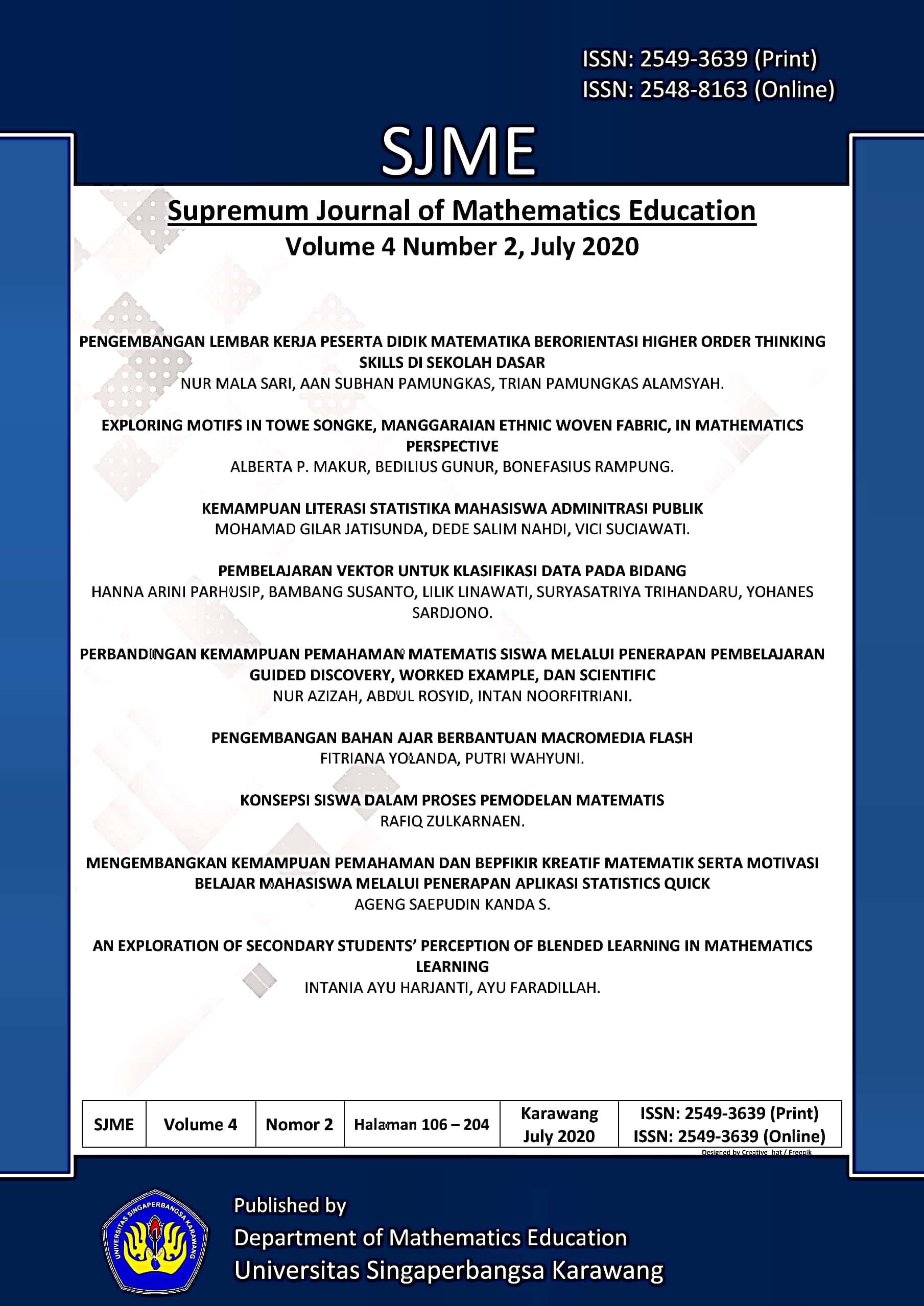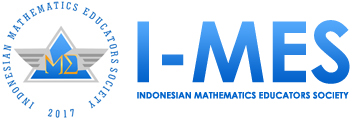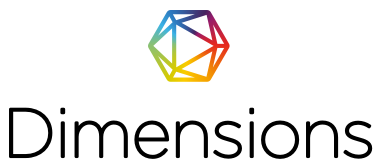Exploring Motifs In Towe Songke, Manggaraian Ethnic Woven Fabric, In Mathematics Perspective
DOI:
https://doi.org/10.35706/sjme.v4i2.3457Abstract
Connection between mathematical content and the cultures of learners
in mathematics education should be acknowledged and explored. This
research, conducted using a qualitative research approach, with
ethnographic methods, explored the relationship between formal
mathematics especially geometric patterns and Motifs of Manggarai
Ethnic Woven Fabric, known as Towe Songke in Cibal, Manggarai
Regency, a rural area in East Nusa Tenggara Indonesia. Total 3
weavers of the age ranging from 20 to 40 selected based on their
weaving knowledge and communication skills. Data were obtained
through interviews, observations, field notes, and documentations.
The research resulted in how mathematics learning on subjects such as geometry and geometry transformation was associated with the local cultural context of Manggarai. This study identified the line symmetry and the effect of geometric transformations (translations,
reflections, rotation, and reflection) of several motifs in Towe Songke. Most of motifs which are found in Towe Songke forms Frieze Pattern F7 because these motifs can be seen as translation, horizontal reflection, vertical reflection and half turn rotation symmetry.
Downloads
References
Abdullah, A. S. (2017). Ethnomathematics In Perspective Of Sundanese. Journal on Mathematics Education, 8(1), 1–16.
Biembengut, M. S. (2016). Mathematical modelling , problem solving , project and ethnomathematics : Confluent points. CERME 9 - Ninth Congress of the European Society for Research in Mathematics Education, 816–820.
Creswell, J. W. (2012). Educational Research (M. Smith, Paul A.;Robb Christina; Buchholtz (ed.); 4th ed.). Pearson Education Inc.
D’Ambrosio, U. (1985). Ethnomathematics and its Place in the History and Pedagogy of Mathematics. Learning of Mathematics, 5(1), 44–48.
Foster, F. L., & Cresap, L. (2012). Using Reasoning Tasks to Develop Skills Necessary to Learn Independently. Minot State University.
Gall, M. D., Gall, J. P., & Borg, W. R. (2007). Educational Research : An Introduction. In Pearson Education Inc (Vol. 1).
Gerdes, P. (2000). Ethnomathematics as a new research field , illustrated by studies of mathematical ideas in African history. Cuadernos de Quipu, 5, 10–34.
Hanim, M. F., Makur, A. P., Raga, P., & Pantaleon, K. V. (2019). Mathematical learning by utilizing loce, manggaraian traditional mats. Journal of Physics: Conference Series, 1315(1), 012035. https://doi.org/10.1088/1742-6596/1315/1/012035
Kirk, J., & Miller, M. . (1986). Reliability and Validity in Qualitative Research. Sage Publications.
Kusuma, D. A., Dewanto, S. P., & Nurani, B. (2017). The role of ethnomathematics in West Java ( a preliminary analysis of case study in Cipatujah ) The role of ethnomathematics in West Java ( a preliminary analysis of case study in Cipatujah ). 0–8.
Makur, A. P., Sutam, I., Gunur, B., & Rampung, B. (2019). Lingko: Interweaving Manggarai Culture, and Mathematics. Journal of Physics: Conference Series, 1315(1), 012006. https://doi.org/10.1088/1742-6596/1315/1/012006
Pablo-hoshino, S. (2009). Ethnomathematics in the Dominican Republic : A Mathematics Education Approach to Knowledge and Emancipation.
Presmeg, N. C. (2014). Ethnomathematics in Teacher Education. Journal of Mathematics Teacher Education, 1(11998), 317–339. https://doi.org/10.1023/A
Rosa, M., & Orey, D. C. (2013). Ethnomodeling as a Research Theoretical Framework on Ethnomathematics and Mathematical Modeling. Journal of Urban Mathematics Education, 6(2), 62–80.
Senita, P., & Neno, E. S. (2018). Kristalografi bidang datar dalam kain tenun masyarakat manggarai 1. 50–56.
Sutam, I. (2012). Menjadi Gereja Katolik yang Berakar Dalam Kebudayaan Manggarai. In Iman, Budaya, dan Pergumulan Sosial (pp. 157–190).
Downloads
Published
How to Cite
Issue
Section
License
Copyright (c) 2020 SJME (Supremum Journal of Mathematics Education)

This work is licensed under a Creative Commons Attribution-ShareAlike 4.0 International License.
Authors who publish with this journal agree to the following terms:
- Authors retain copyright and grant the journal right of first publication with the work simultaneously licensed under a Creative Commons Attribution License that allows others to share the work with an acknowledgment of the work's authorship and initial publication in this journal.
- Authors are able to enter into separate, additional contractual arrangements for the non-exclusive distribution of the journal's published version of the work (e.g., post it to an institutional repository or publish it in a book), with an acknowledgment of its initial publication in this journal.
- Authors are permitted and encouraged to post their work online (e.g., in institutional repositories or on their website) prior to and during the submission process, as it can lead to productive exchanges, as well as earlier and greater citation of published work (See The Effect of Open Access).











